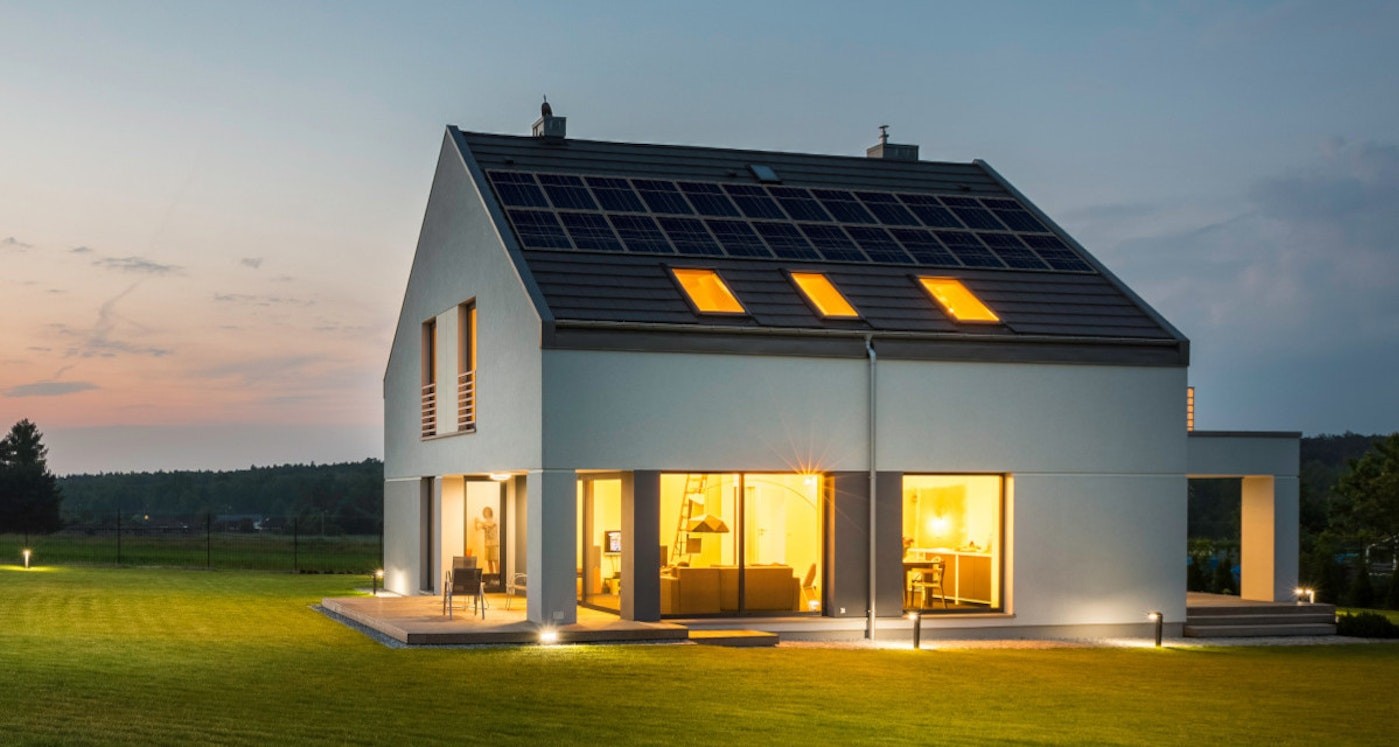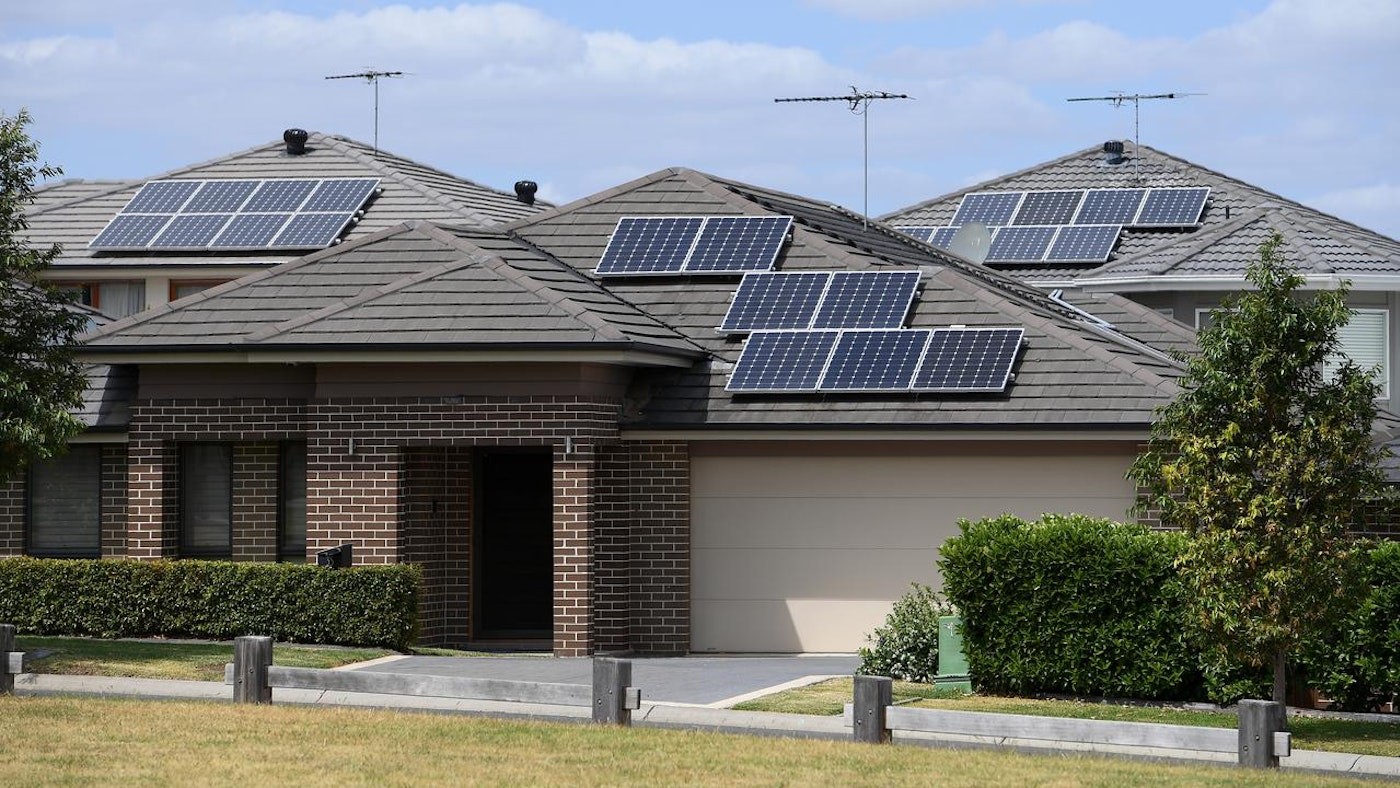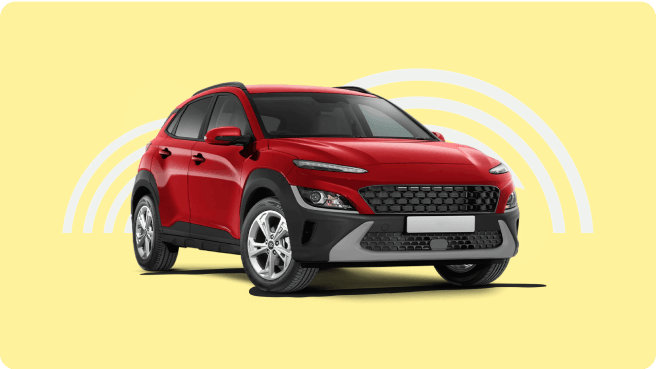Everything You Need to Know About Solar to Battery Energy Storage

According to the CSIRO, Australia leads the world in solar energy uptake. At 591 watts per person, Australia is the highest per capita user of solar energy in the world. Thanks in large part to the number of sunny days our country experiences, as well as government incentives targeted at encouraging solar energy uptake, Australians have been increasingly turning to solar energy as an alternative to traditional forms of power.
However, one of the major challenges facing homeowners who wish to make the switch from traditional power sources to solar energy is how to store the excess electricity generated by their solar panels when the sun is out and use it when the sun isn’t shining.
This is where solar battery energy storage systems come in.
In this blog, we’ll look at what solar energy storage systems are, how they work, and the benefits of installing a system in your home.
How do solar to battery energy storage systems work?

By connecting solar panels to a battery, solar PV system owners can store their excess electricity that is generated during the day and use it at night or when needed. By doing so, you are in effect creating your own virtual power plant. For a lot of people, this is a great way to generate, store and use their own renewable power.
Solar power storage systems involve a few key components: the solar panels, an inverter and a battery. The solar panels collect energy from the sun and convert it into electricity, which is then fed into an inverter. The inverter changes the DC electricity generated by the solar panels into AC electricity, which is then fed into the battery where it is stored.
When you need to use the energy stored in the battery, the inverter converts it back into DC electricity and sends it to your home.
Why use solar energy battery systems?

Installing a solar-to-battery energy storage system in your home gives you the freedom to generate, store and use your own renewable energy. It also helps reduce your reliance on traditional power sources, allowing you to save money on electricity bills and contribute towards a greener, more sustainable future.
If you're already taking advantage of the money-saving benefits of rooftop solar panels, then you're already heading in the right direction. But why stop there? If you add a battery to your existing solar PV system or install them together in a new system, you're able to store any unused energy during the day and save it for later use. This is especially helpful during times of the day or year when your solar panels aren't producing as much energy, such as early in the morning, late at night or on cloudy days. Not only will you be reducing your carbon footprint and energy bills, but you'll also be ensuring that you have power when you need it most.
Benefits of solar battery storage systems
.jpg)
The biggest advantage of storing your own solar power has to be the cost savings that come from being able to use your own renewable energy instead of relying on grid power. Not only will you save money on electricity bills, but you'll also reduce the amount of energy you draw from the grid. This means that even if your solar system isn't producing enough power to cover all your electricity needs, you'll still be able to draw on the stored energy from your solar battery.
Plus, the opportunity to benefit from feed-in tariffs means that you can also earn money from any excess solar energy your solar system produces. Together with state and federal government incentives, such as the Small-scale Renewable Energy Scheme (SRES), you could be looking at gaining a true return on investment from your solar system.
Which solar battery energy storage system is right for you?

The type of solar battery energy storage system that's most suitable for your home will depend on a number of factors, including your energy needs and budget. The most important thing to consider is battery capacity. This is measured in kilowatt-hours (kWh) and will determine how much energy you can store and use throughout the day or night.
Once you know what capacity you need, you can then decide which solar battery types are right for you.
Let's take a look at two of the more popular solar battery systems on the market:
Tesla Powerwall 2
This is a high-capacity lithium-ion battery with an impressive usable storage capacity of 14 kWh. It's easy to install and comes with an integrated battery inverter and smart energy management system. And the fact that the Tesla Powerwall is backed by a 10-year warranty gives homeowners who are wanting to make the switch to solar energy peace of mind. Cost-wise, expect to pay upwards of $15,000 for a Tesla Powerwall 2 system.
LG Chem RESU
This is another popular home battery system that can store up to 16 kWh of energy. It's versatile and compatible with most solar systems, and LG assures customers that even after a decade, their RESU batteries will retain at least 60% of their original energy storage capacity. Battery prices for a 16 kWh LG Chem RESU system range round the $13,000 mark.
Tips on getting the most out of your solar battery system
.jpg)
No matter which solar battery energy storage system you go with, here are a few tips for getting the most out of it:
- Aim to use most of your stored energy during peak times (such as mid-afternoon in summer) when electricity is more expensive.
- Take advantage of any feed-in tariffs you're eligible for.
- Consider installing a monitoring system that can help you track your energy usage and battery performance.
- Maximise how much energy your solar panels produce by positioning them in the best spot on your roof and removing any debris or objects that could be blocking their efficiency.
- Make sure your solar battery is properly maintained and cleaned regularly to keep it functioning at its best.
By following these guidelines, you can be sure to get the most out of your solar battery energy storage system and ensure it’s a worthwhile investment.
Final thoughts

The take-home message is that investing in a solar battery energy storage system for your home provides many benefits – from cost savings to reducing your energy bills and carbon footprint. With all the advantages they bring, it’s no surprise that solar batteries are becoming increasingly popular. Hopefully, this guide has told you everything you need to know about how solar batteries work and how to get the most out of them. So now that you’re more informed, why not invest in a solar battery energy storage system today? You're sure to both save money and protect the environment for future generations. We've talked a little about how different government incentives can bring the cost of solar energy down. By choosing the right finance option you can save even more. At Driva, we're passionate about helping Australians save money not only on their new cars but their solar energy systems too! Our innovative online platform makes it easy to compare solar loan options with ease, so you can get the best deal for your unique needs. So, with Driva on your side, you can start taking advantage of solar energy to power your home today. Your bank account and the planet thank you!
Frequently asked questions
Can I put energy from solar panel directly to battery?
No, in order to use solar energy for your home, you will need to use an inverter. The job of an inverter is to convert the DC power from your solar panel system into AC power, which is the type of electricity that can be used in your home. A hybrid solar inverter can handle inputs from both solar panels and a battery bank at the same time, and can charge batteries using either solar panels or electricity from the grid.
Is it worth it to invest in a battery with solar?
Yes, your investment in a solar battery will pay off in the long run. By installing a solar battery, you’ll be able to store excess energy for later use and save money on electricity bills. Importantly, a solar battery also lets you take advantage of feed-in tariffs, which can also help pay off the cost of your battery.
How long will a 5kw battery last?
The average lifespan of a 5 kW battery is around 15 years. However, the exact lifespan of your battery will depend on how it’s used and maintained. Taking good care of your battery, such as regularly cleaning it, will help to ensure its optimal performance and longevity.
How long will a 10kw solar battery last?
It doesn't matter whether you have a 5 kW or 10 kW solar battery, the average lifespan will still be about 15 years. In terms of how long the energy will last, this will depend on the size of your battery, and how much energy you use. Generally speaking, a 10 kW battery should be able to provide enough energy for your home for an entire day.


.png)







